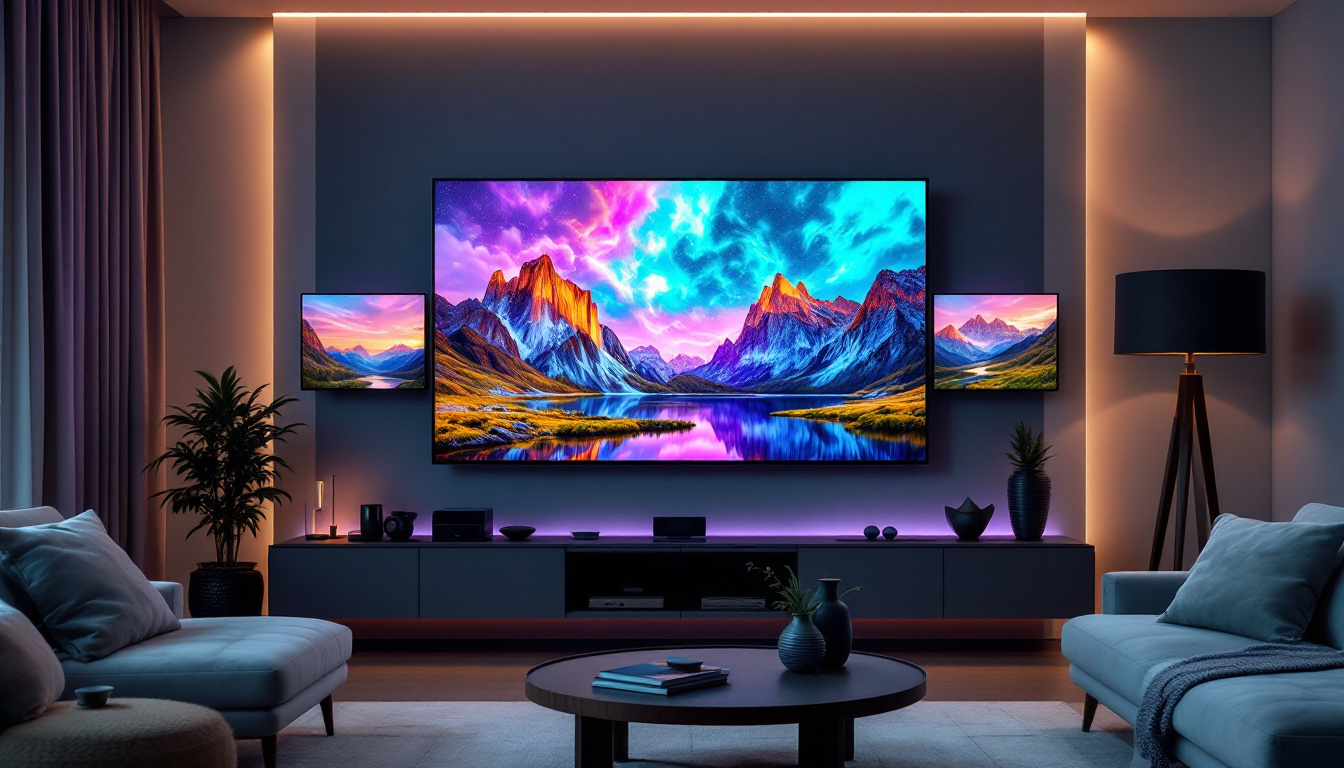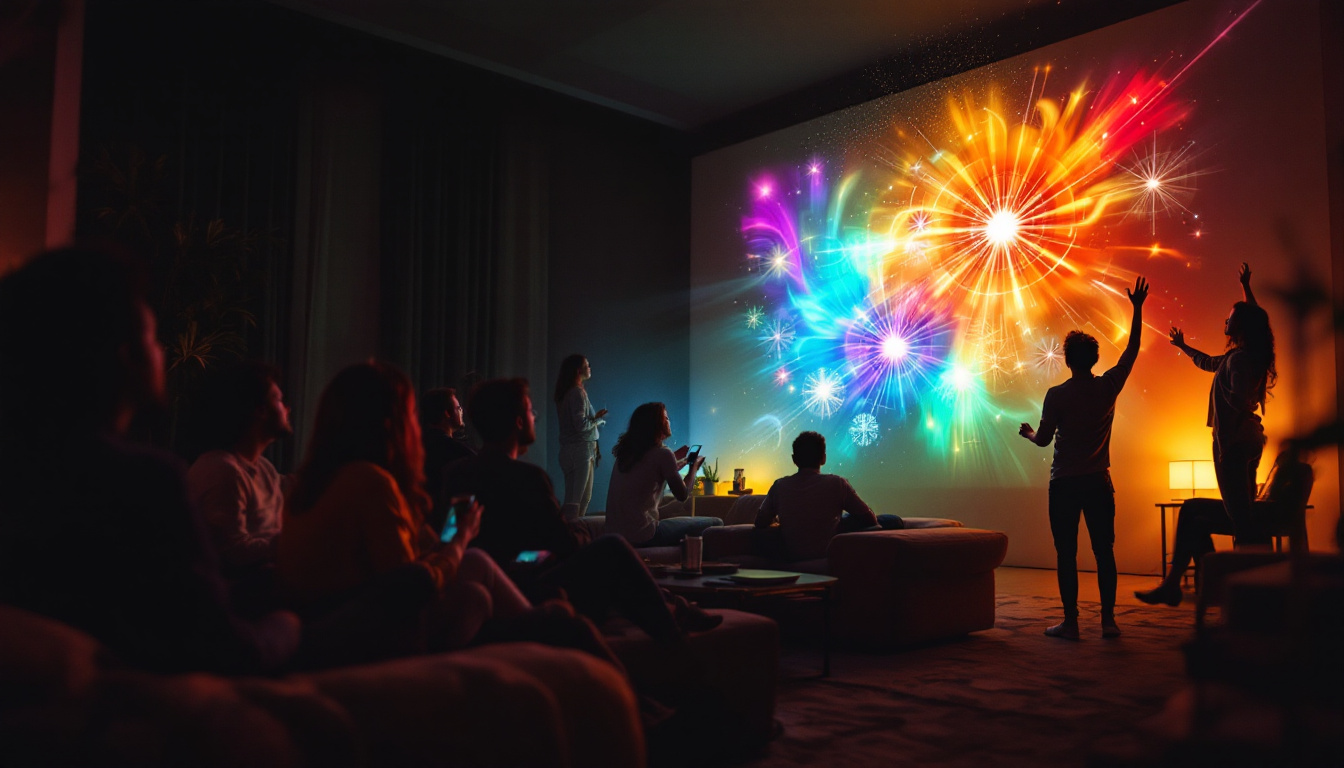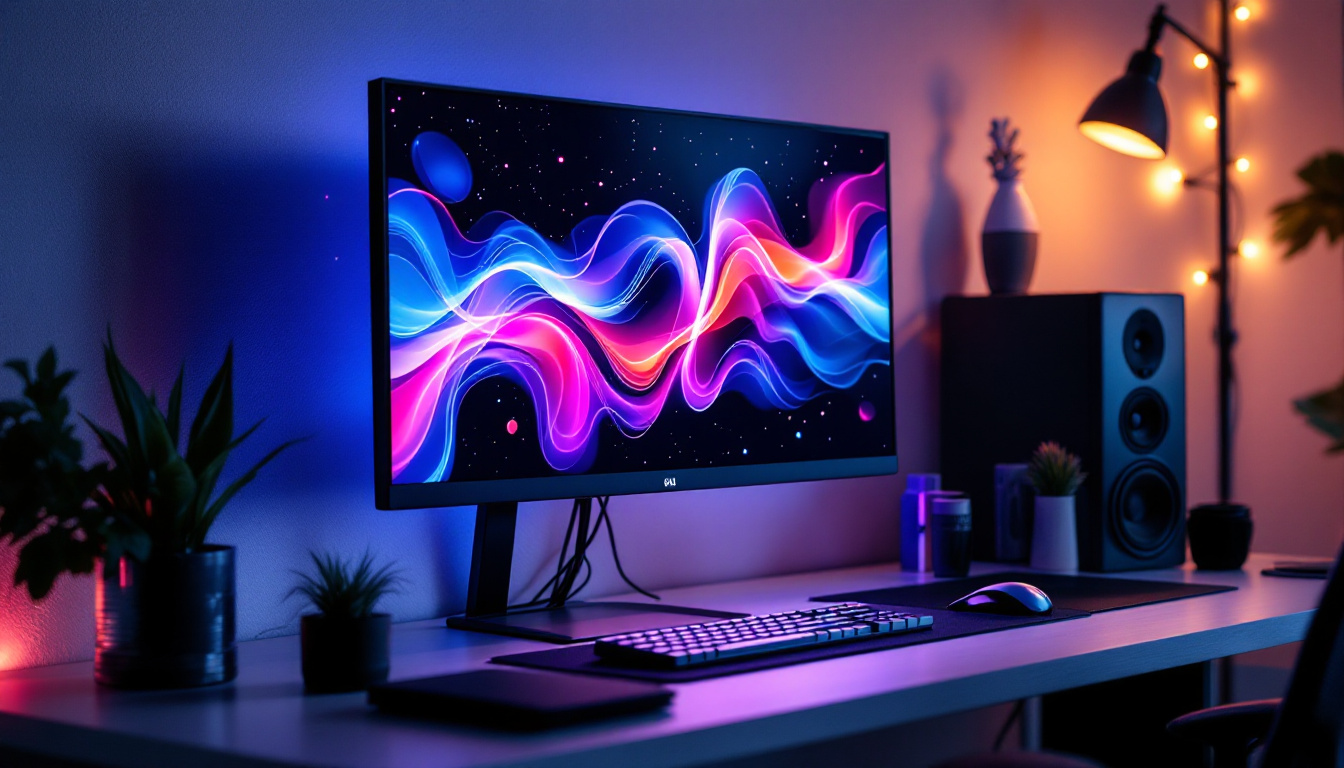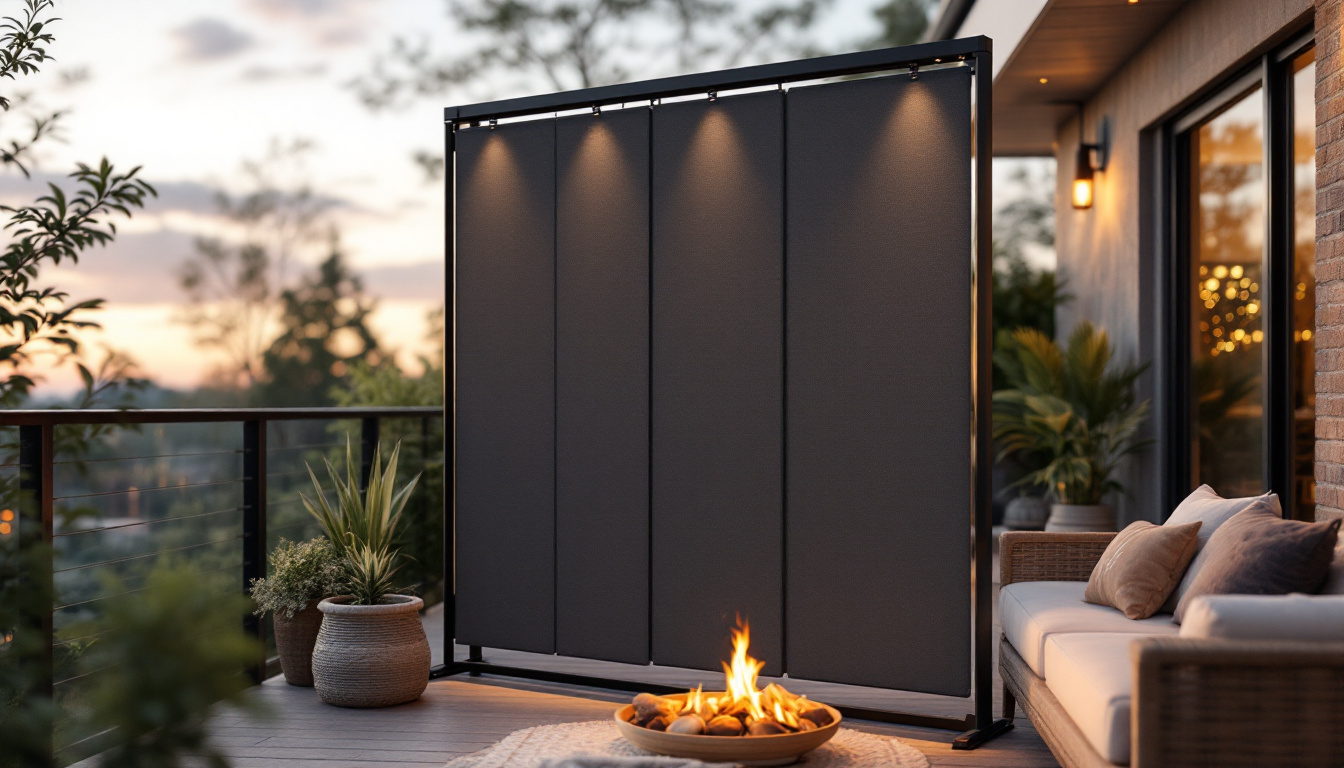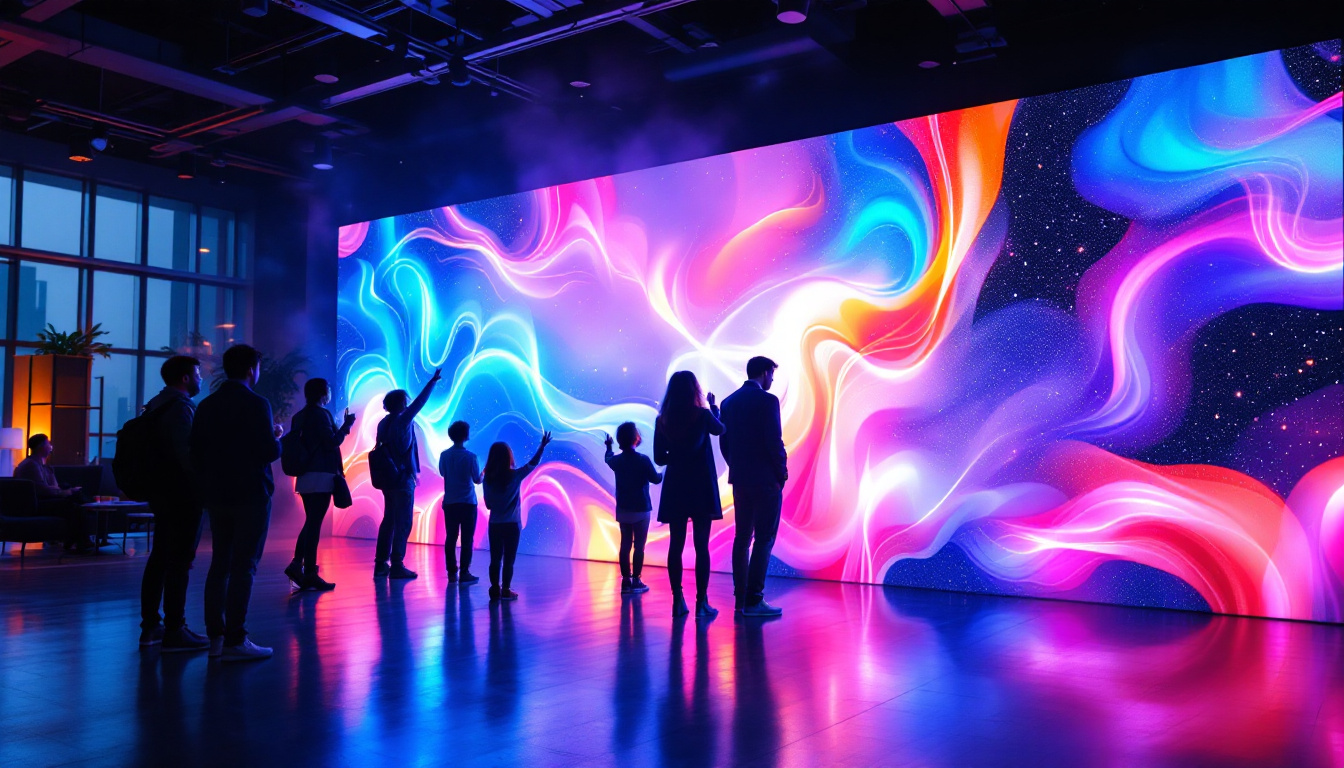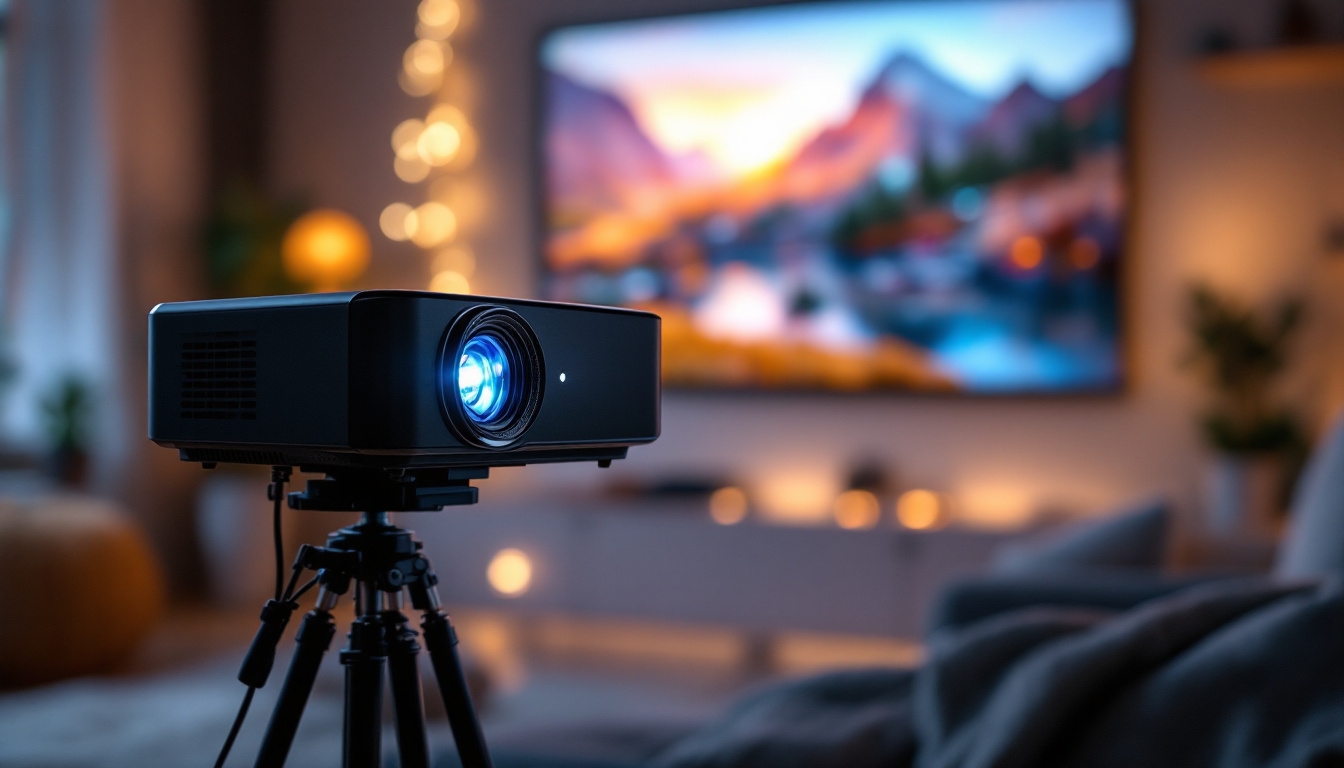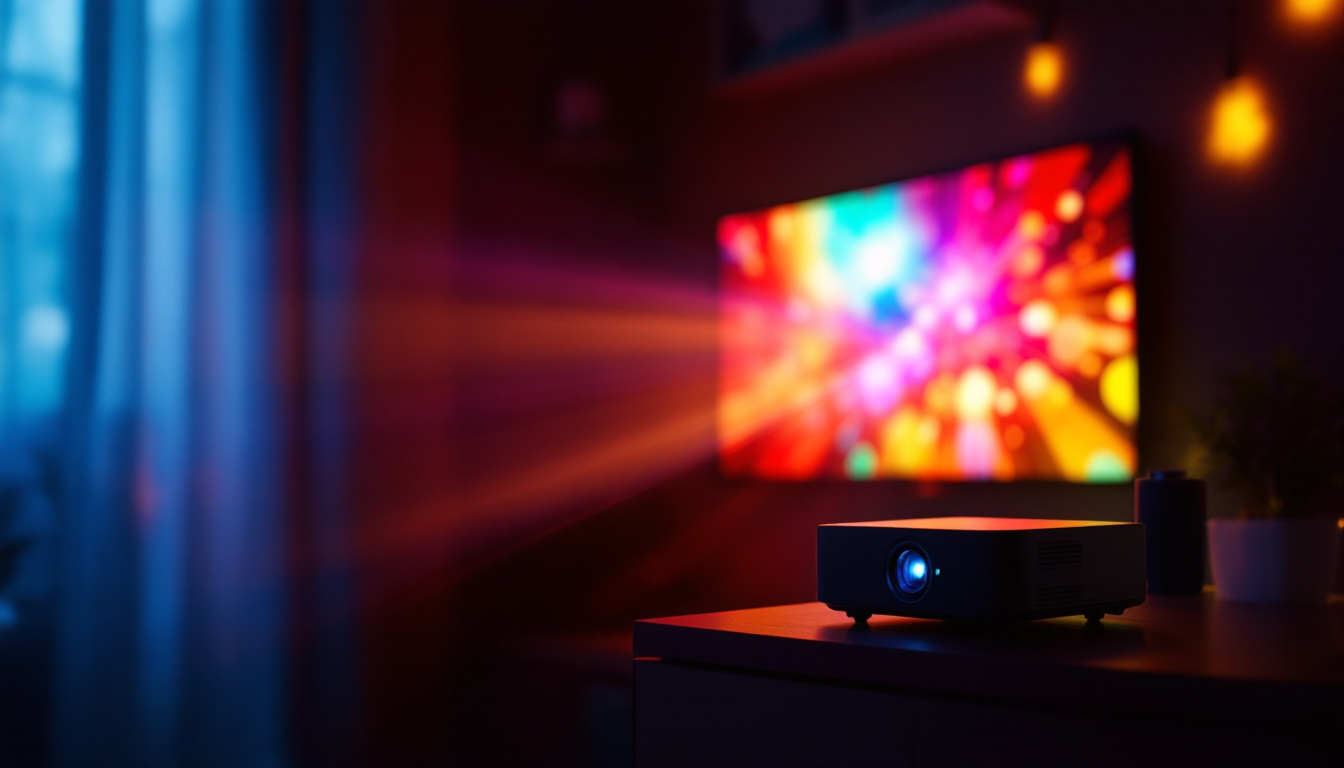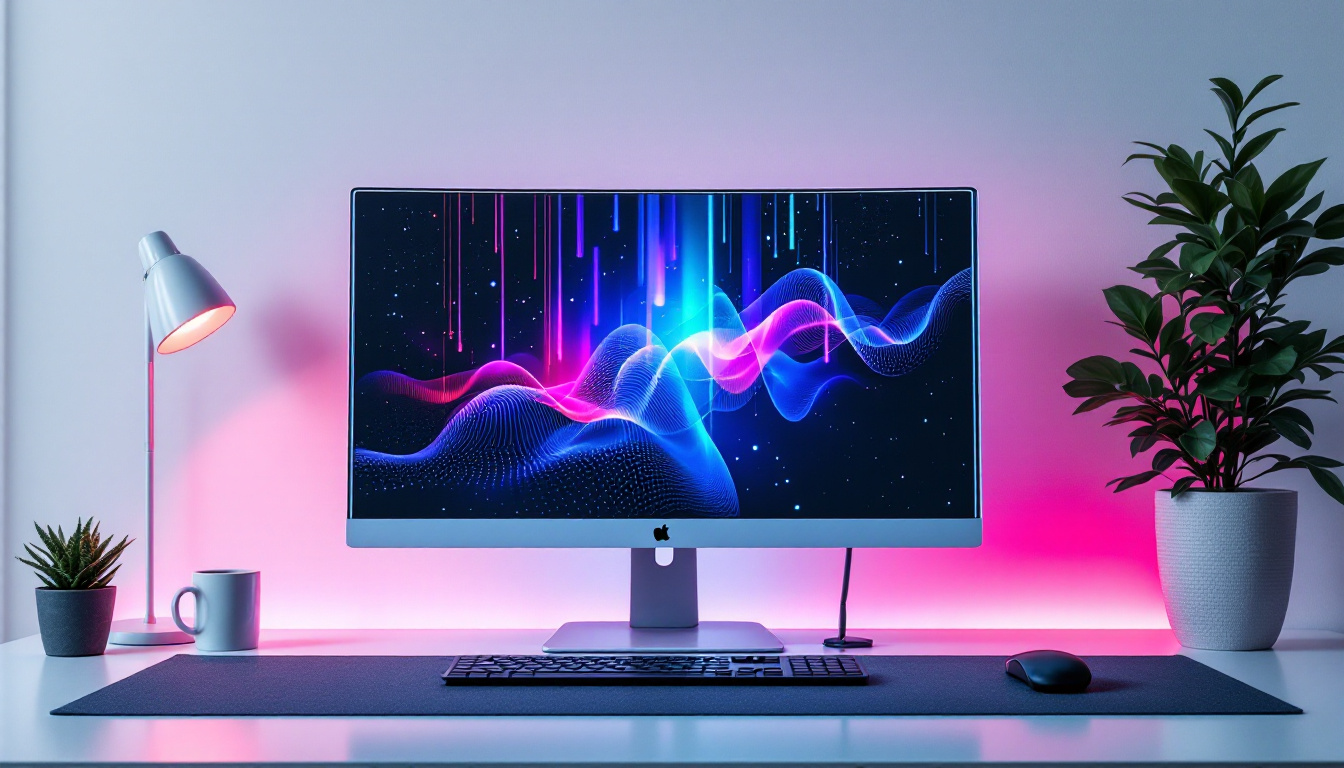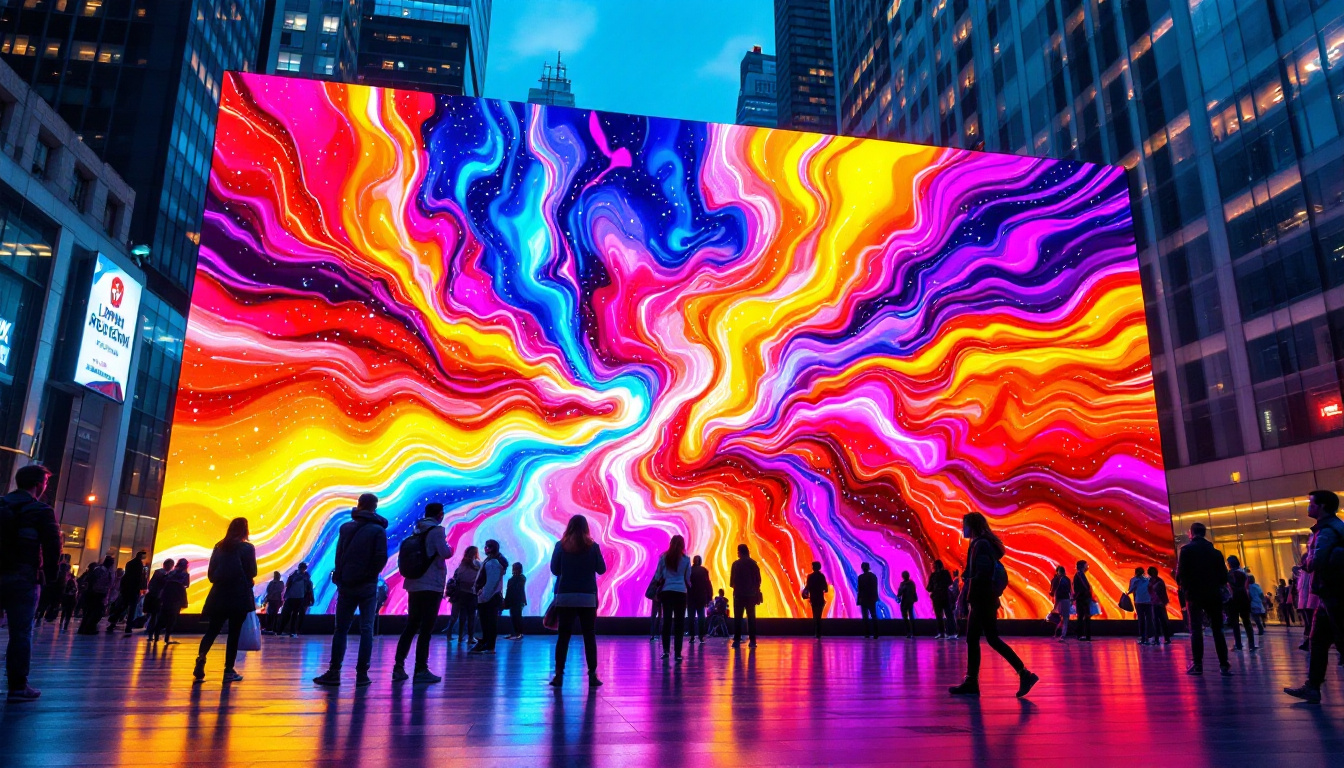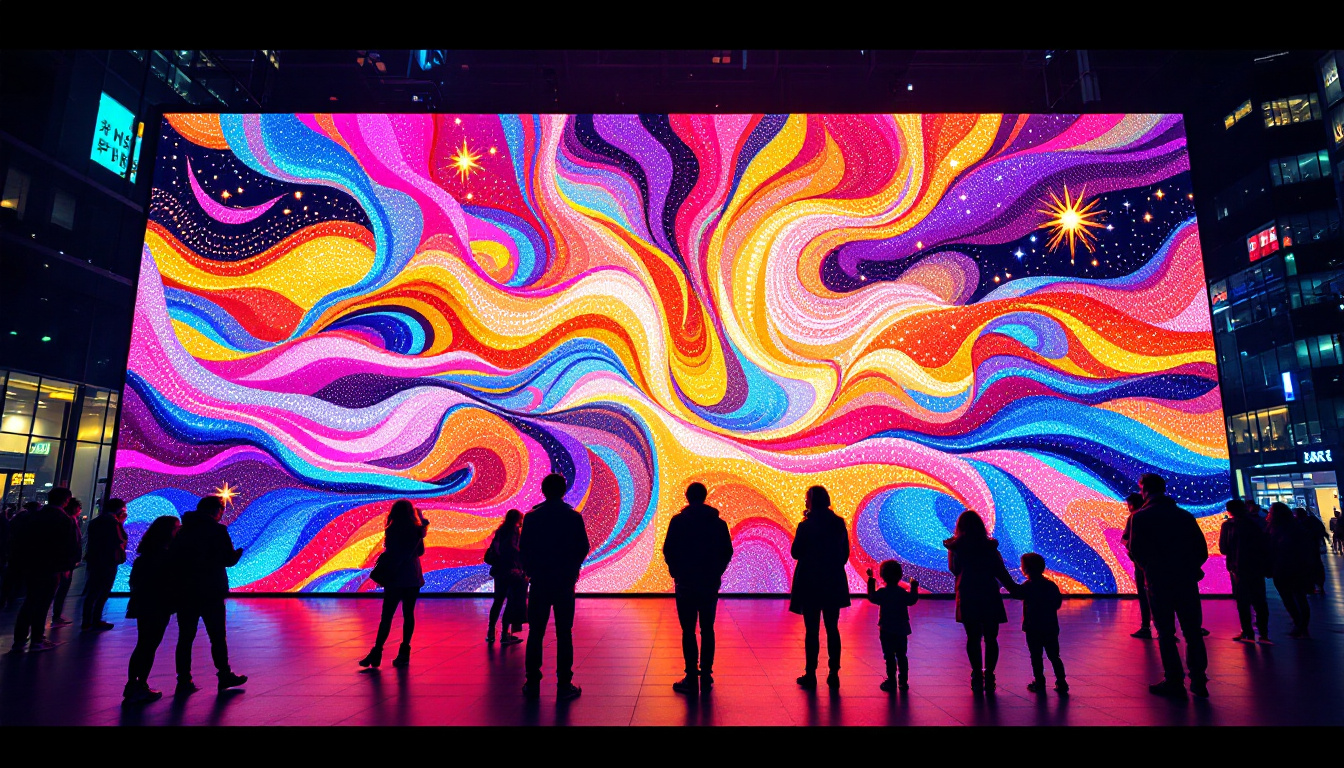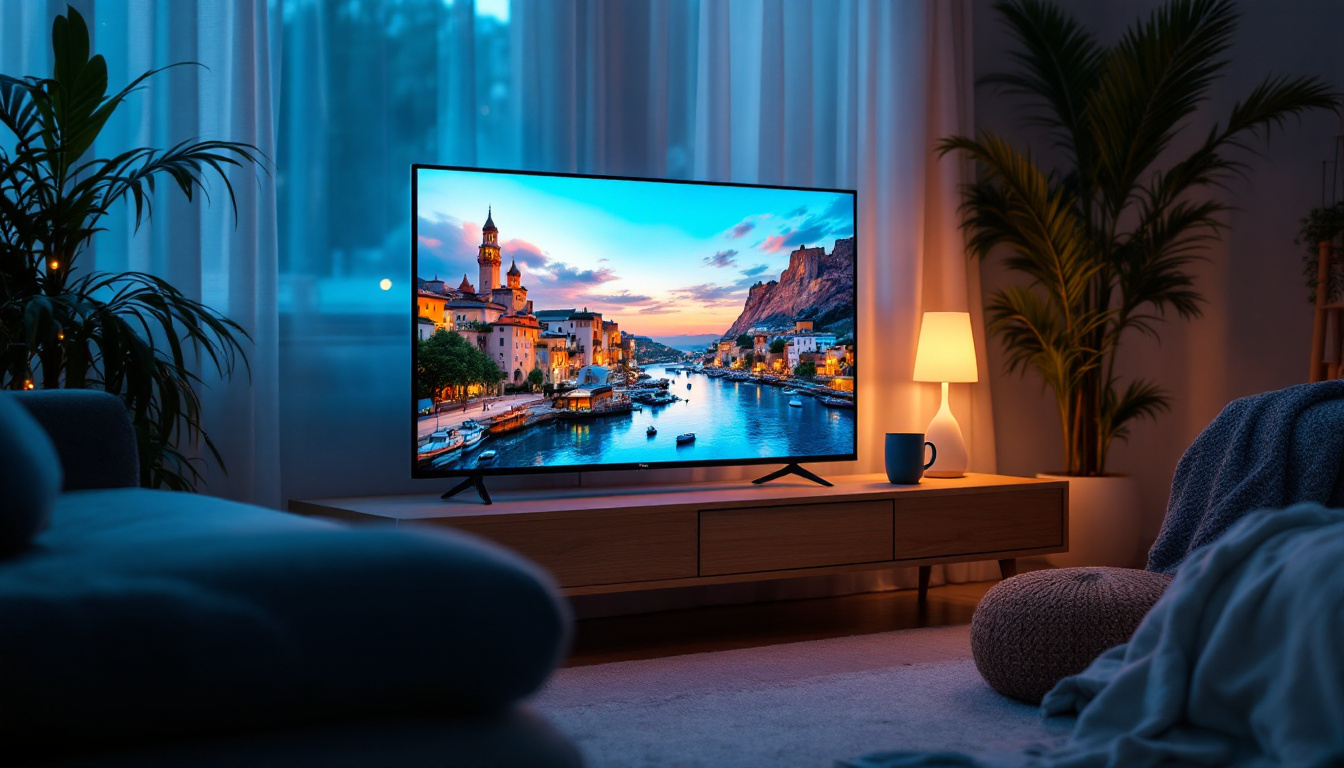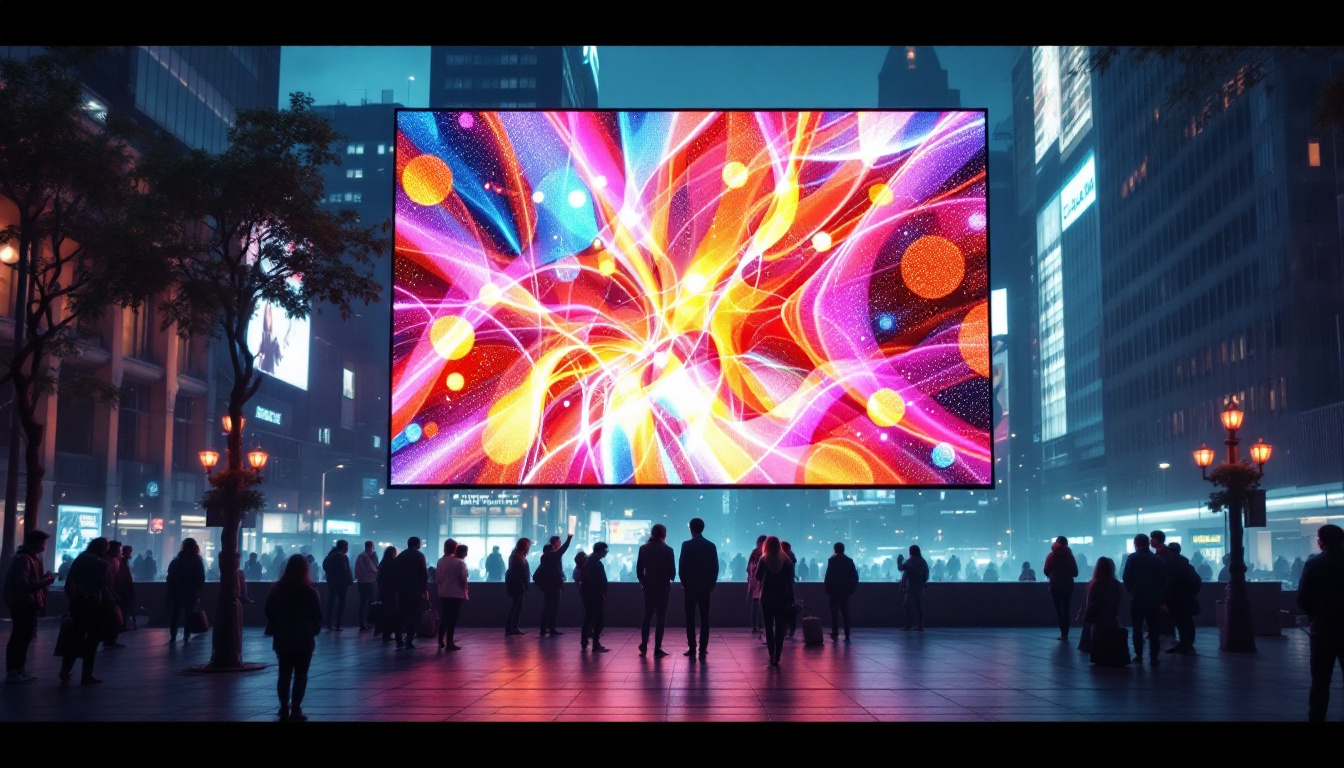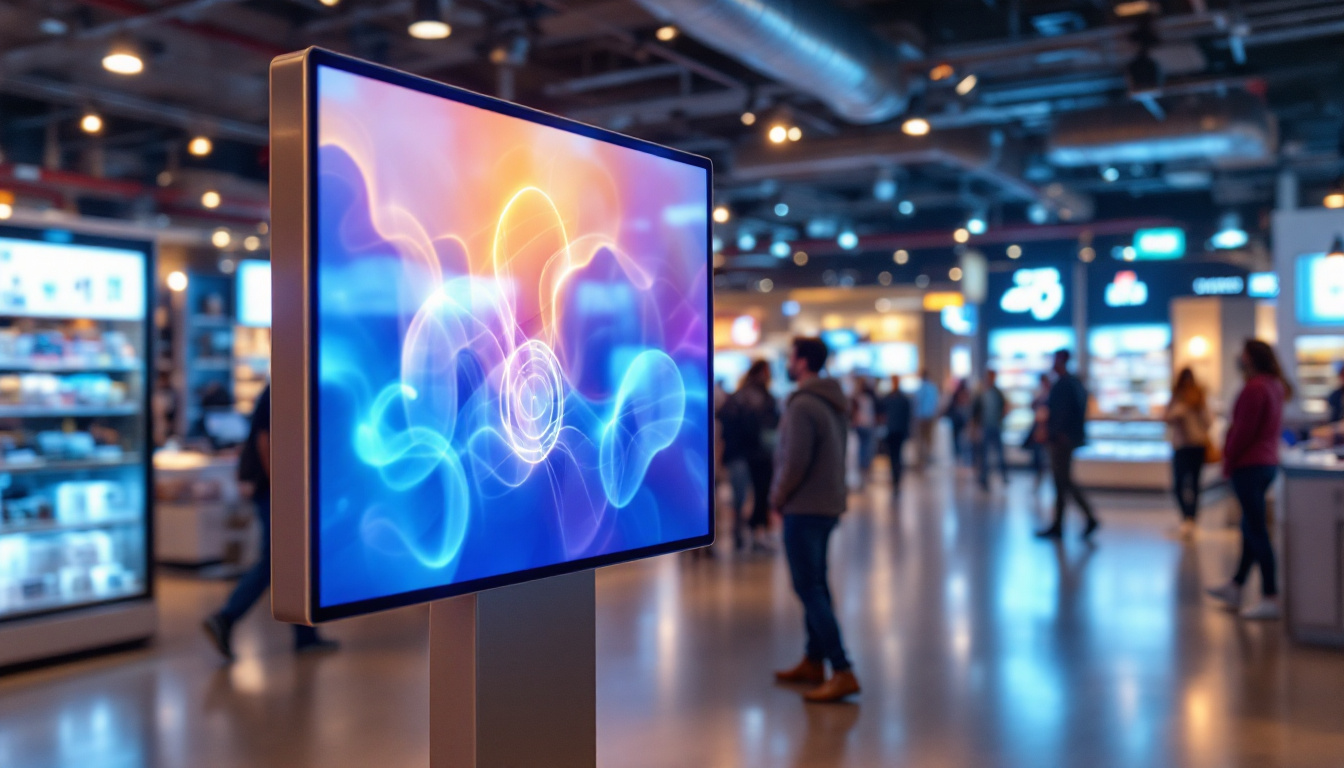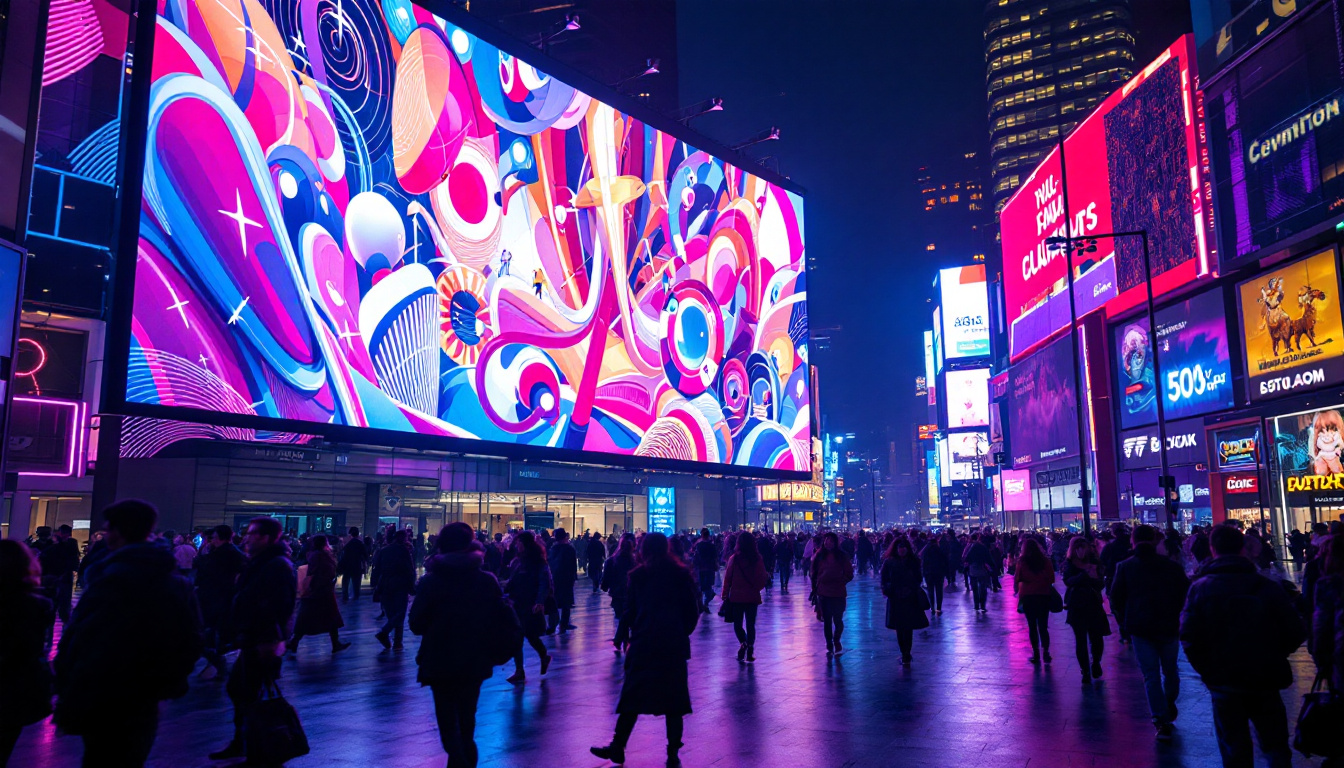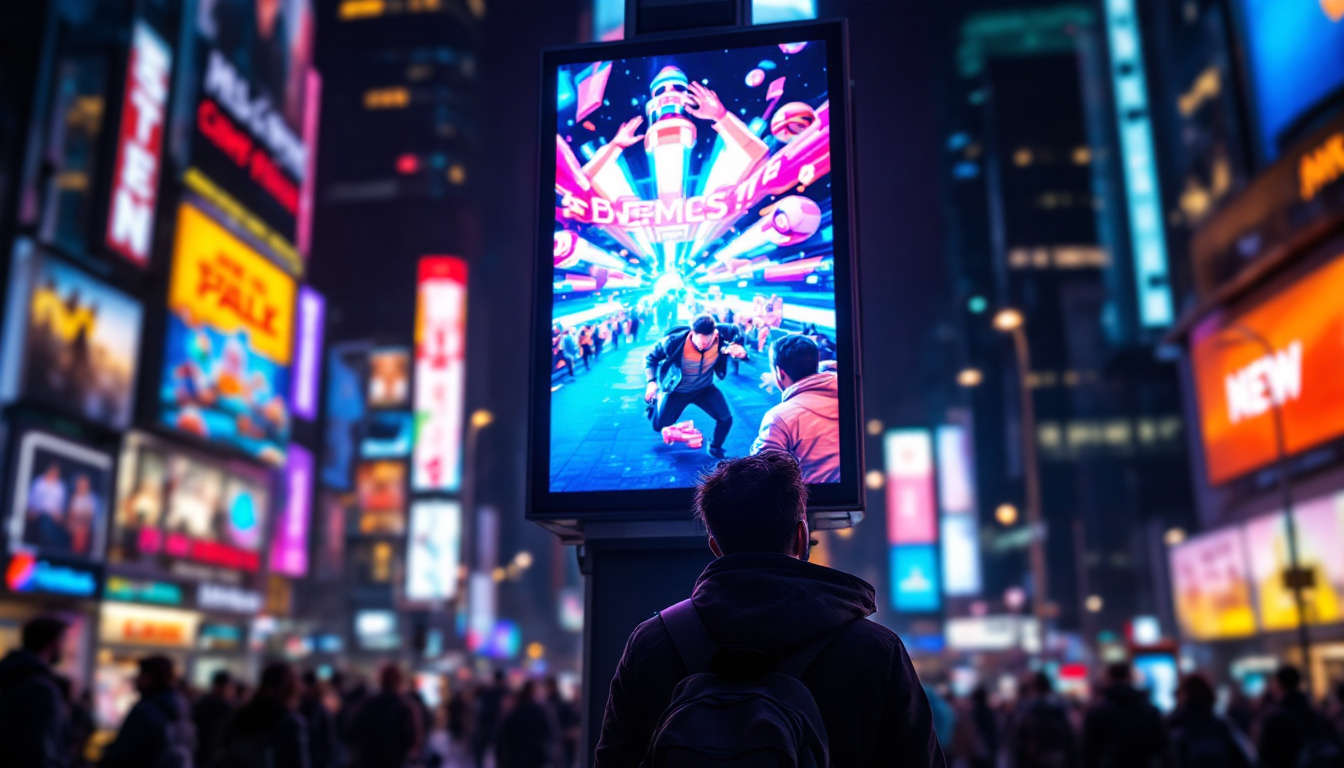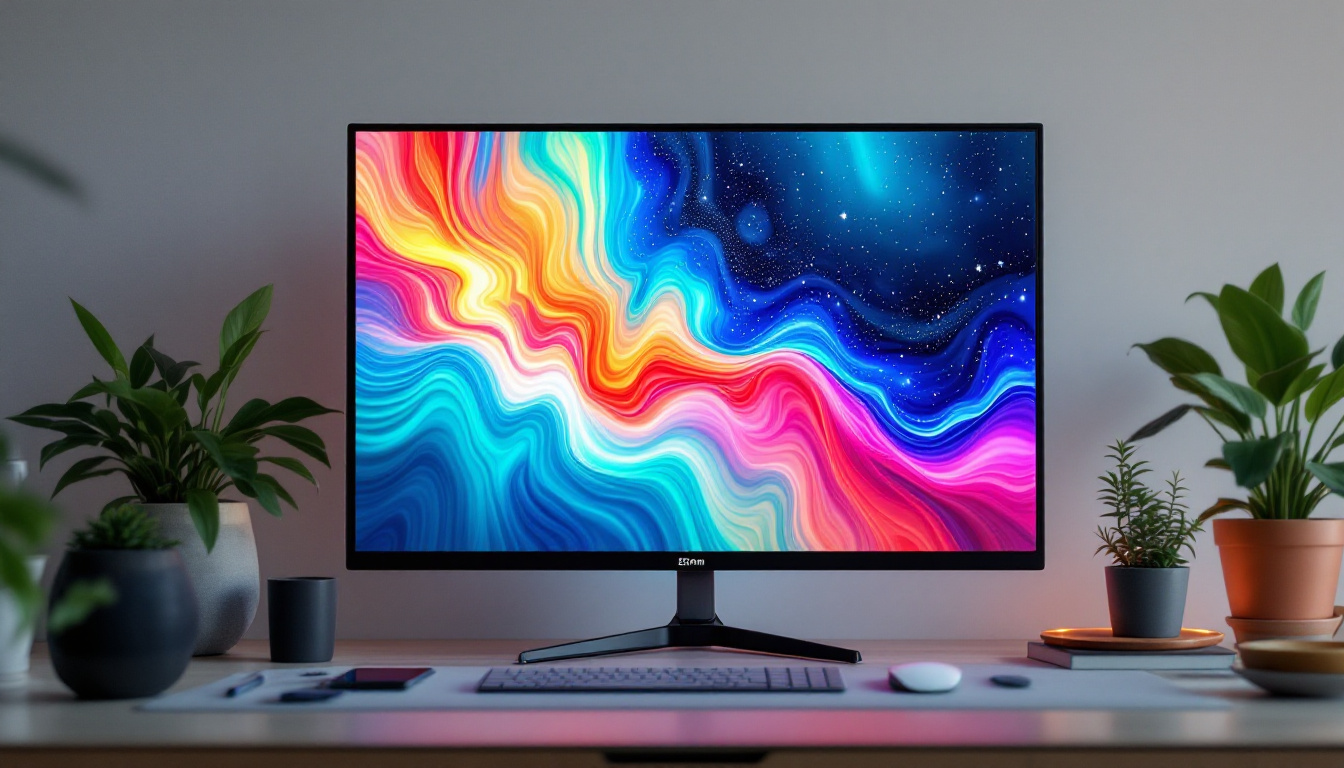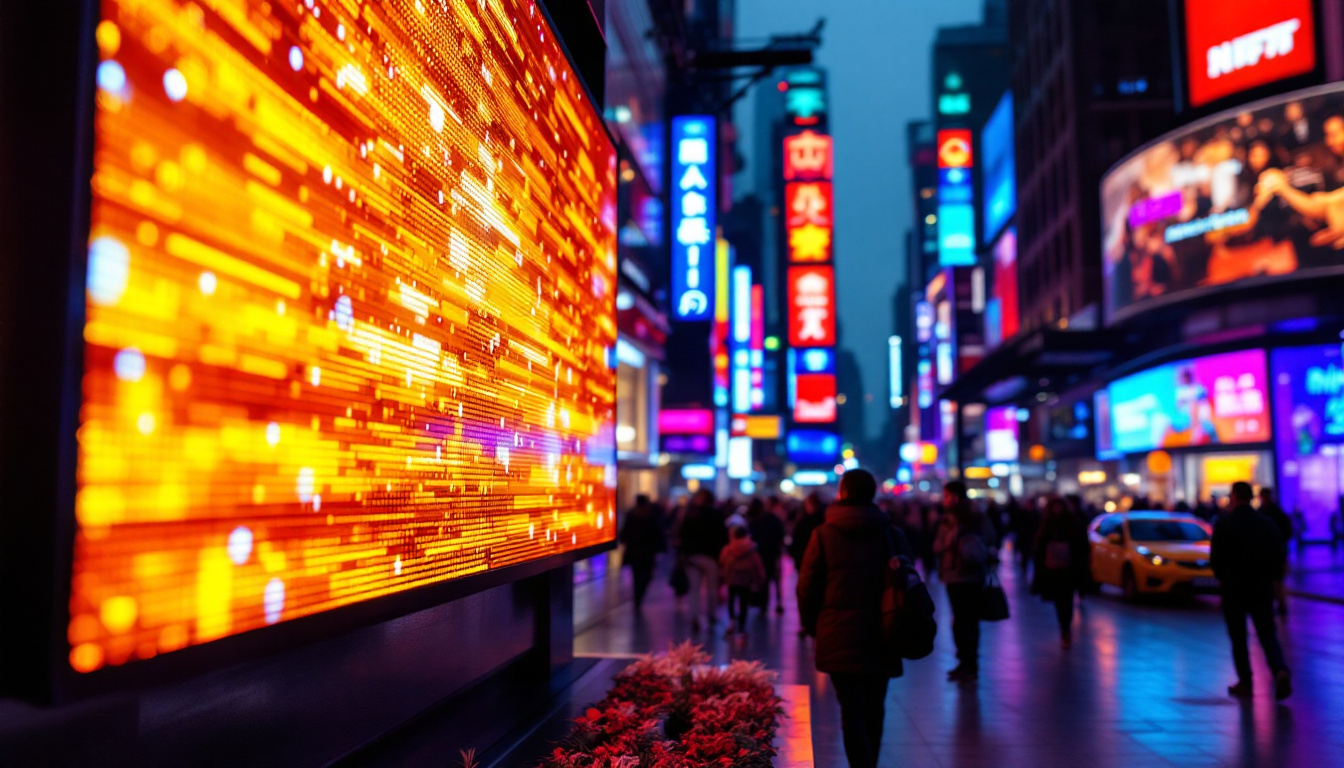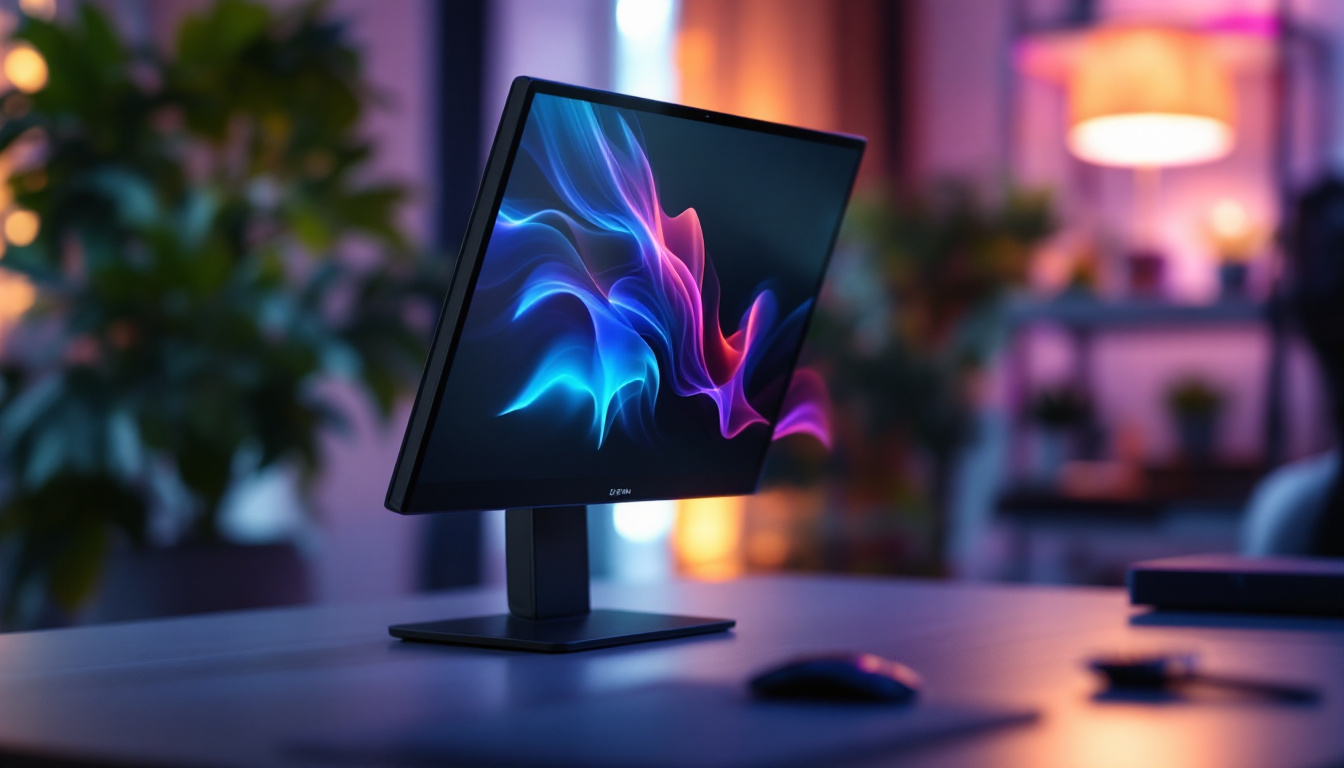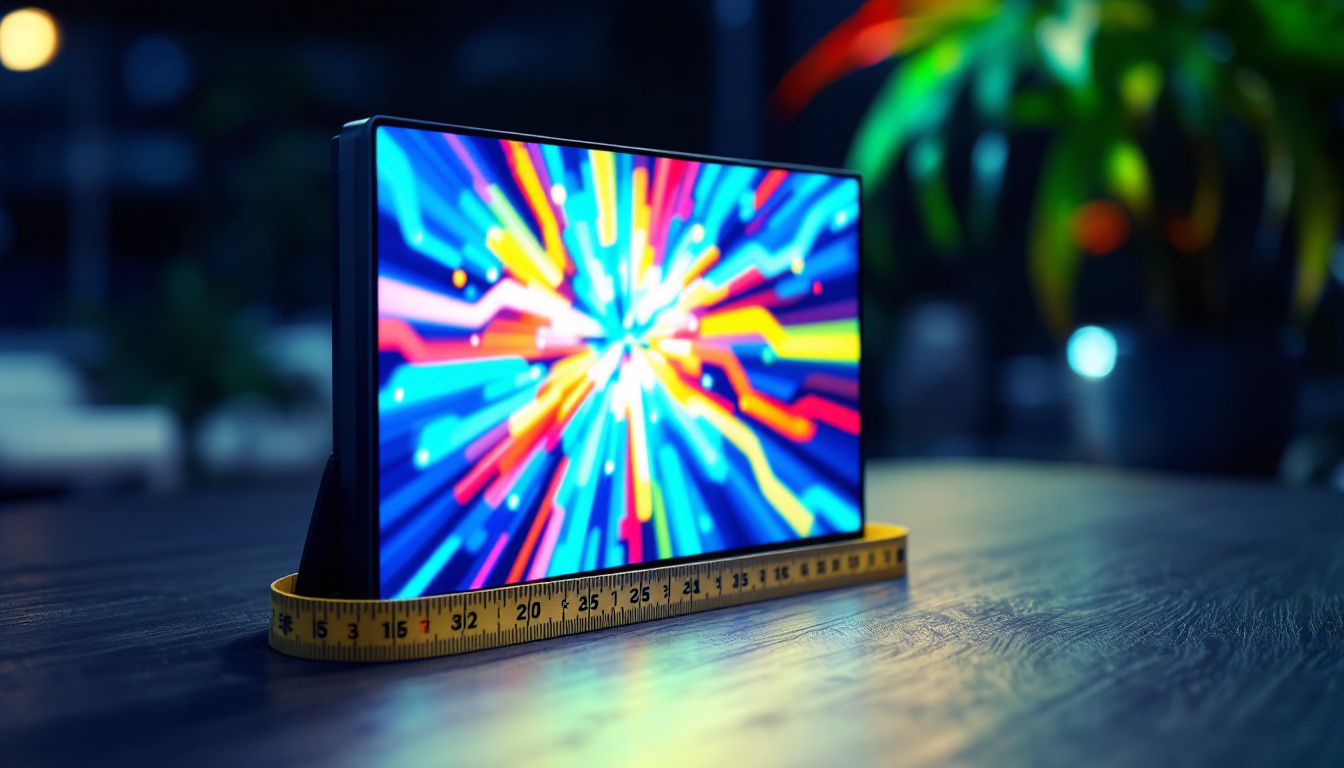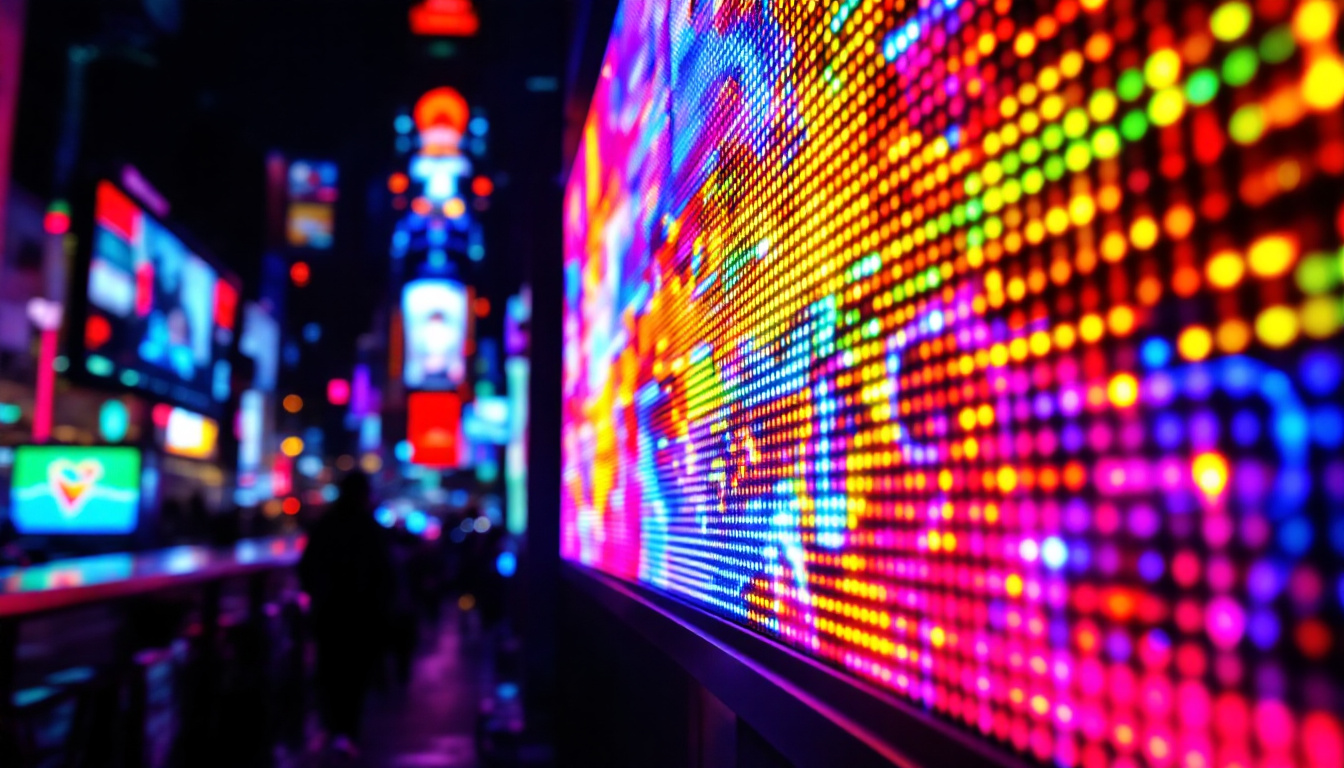Multi TV Wall: LED Display Explained
The rise of digital technology has transformed the way information is displayed and consumed. Among the most impactful innovations in this realm is the multi TV wall, a configuration of multiple LED displays that creates a larger, cohesive visual experience. This article delves into the intricacies of multi TV walls, exploring their components, applications, and advantages.
Understanding Multi TV Walls
A multi TV wall is essentially a setup that combines several individual LED screens to form a single, expansive display. This technology is widely used in various sectors, including retail, corporate environments, and entertainment venues. By synchronizing multiple screens, organizations can present information in a visually striking manner, enhancing viewer engagement.
Components of a Multi TV Wall
The primary components of a multi TV wall include the LED displays themselves, the mounting structure, video processors, and control systems. Each element plays a crucial role in ensuring that the final output is seamless and visually appealing.
LED displays are the heart of the setup. They come in various sizes and resolutions, allowing for customization based on the specific needs of the environment. The mounting structure ensures that the screens are securely positioned, whether they are arranged in a grid or a more complex configuration.
Video processors are essential for managing the content displayed across the screens. They can take a single video feed and distribute it across multiple displays, ensuring that the image quality remains consistent. Control systems allow users to manage the entire setup, enabling easy switching between different content sources and layouts.
Types of LED Displays
When selecting LED displays for a multi TV wall, it is important to consider the different types available. Common options include direct view LED, LCD, and OLED displays. Each type has its own set of advantages and disadvantages, making it crucial to choose the right one for the intended application.
Direct view LED displays are known for their brightness and color accuracy, making them ideal for environments with high ambient light. LCD displays, on the other hand, are often more cost-effective and can provide excellent image quality, although they may suffer from issues like color uniformity. OLED displays offer vibrant colors and deep blacks, but they tend to be more expensive and may not be suitable for all applications.
Installation and Configuration
The installation of a multi TV wall requires careful planning and execution. It is essential to assess the space where the wall will be installed, considering factors such as viewing distance, ambient light, and the overall layout of the area. Proper alignment of the screens is critical to avoid visual discrepancies.
Configuration involves setting up the video processor and control systems to ensure that content is displayed correctly across all screens. This process may include calibrating the displays for color accuracy and brightness, as well as testing the synchronization of the video feed.
Applications of Multi TV Walls
Multi TV walls have a wide range of applications across various industries. Their versatility allows them to be utilized in environments such as command centers, retail spaces, corporate offices, and entertainment venues.
Command Centers
In command centers, multi TV walls are used to monitor real-time data and provide situational awareness. These setups can display multiple feeds simultaneously, allowing operators to make informed decisions quickly. Whether in emergency response, transportation management, or security operations, the ability to visualize data in a cohesive manner is invaluable.
For instance, a transportation management center may utilize a multi TV wall to display live traffic feeds, weather updates, and system alerts, enabling operators to respond effectively to changing conditions.
Retail Environments
In retail settings, multi TV walls serve as powerful marketing tools. They can showcase promotional content, product information, and interactive displays that engage customers. The dynamic nature of a multi TV wall allows retailers to change content easily, tailoring messages to specific audiences or events.
For example, a clothing store might display a multi TV wall featuring runway shows, customer testimonials, and seasonal promotions, creating an immersive shopping experience that draws customers in.
Corporate Offices
In corporate environments, multi TV walls can enhance communication and collaboration. They are often used in conference rooms for presentations, video conferencing, and displaying key performance indicators. This technology can facilitate more effective meetings by providing a clear visual representation of data and ideas.
Moreover, multi TV walls can be used in lobbies or reception areas to showcase company branding, news, and achievements, reinforcing the corporate identity to visitors and clients.
Advantages of Multi TV Walls
The benefits of implementing a multi TV wall are numerous, making them an attractive option for various applications. From enhanced visual impact to improved content management, these systems offer significant advantages over traditional display methods.
Enhanced Visual Impact
One of the most compelling advantages of multi TV walls is their ability to create a visually striking display. The combination of multiple screens allows for larger images and more dynamic content, capturing the attention of viewers more effectively than a single display could.
This enhanced visual impact is particularly beneficial in environments where competition for attention is high, such as retail spaces or event venues. A well-designed multi TV wall can become a focal point, drawing people in and encouraging engagement.
Flexibility and Scalability
Multi TV walls offer unparalleled flexibility in terms of content management. Users can easily switch between different sources, layouts, and content types, making it simple to adapt to changing needs. This flexibility is particularly useful in environments where content needs to be updated frequently, such as newsrooms or marketing departments.
Additionally, multi TV walls can be scaled up or down based on the requirements of the space. Organizations can start with a smaller setup and expand as needed, ensuring that the investment remains viable over time.
Improved Collaboration and Communication
In corporate settings, multi TV walls can significantly enhance collaboration and communication among teams. By providing a clear visual representation of data and ideas, these systems facilitate more effective discussions and decision-making.
Furthermore, the ability to display multiple content sources simultaneously allows teams to analyze information from various perspectives, leading to more informed conclusions and strategies.
Challenges and Considerations
While the advantages of multi TV walls are substantial, there are also challenges and considerations that organizations must address when implementing this technology. Understanding these factors can help ensure a successful deployment.
Cost Implications
One of the primary challenges associated with multi TV walls is the initial cost of setup. High-quality LED displays, video processors, and installation services can represent a significant investment. Organizations must carefully assess their budget and determine the expected return on investment.
It is important to consider not only the upfront costs but also ongoing maintenance and operational expenses. A comprehensive financial analysis can help organizations make informed decisions about whether a multi TV wall is the right choice for their needs.
Technical Complexity
Another consideration is the technical complexity involved in setting up and managing a multi TV wall. The integration of various components, including displays, video processors, and control systems, requires a certain level of technical expertise.
Organizations may need to invest in training for staff or hire external experts to ensure that the system is set up correctly and maintained over time. This complexity can be a barrier for some organizations, particularly smaller ones with limited resources.
Content Management
Effective content management is crucial for maximizing the impact of a multi TV wall. Organizations must develop a strategy for creating, scheduling, and updating content to keep it fresh and relevant. This may involve designating a team responsible for content creation or utilizing third-party services to manage the displays.
Without a clear content strategy, a multi TV wall may fail to achieve its intended purpose, leading to disengagement from viewers. Organizations must prioritize this aspect to ensure that their investment delivers the desired results.
The Future of Multi TV Walls
The evolution of technology continues to shape the future of multi TV walls. As advancements in LED display technology, video processing, and content management systems emerge, the capabilities of multi TV walls will expand even further.
Emerging Technologies
Innovations such as artificial intelligence and machine learning are beginning to play a role in how content is managed and displayed on multi TV walls. These technologies can analyze viewer behavior and preferences, allowing for more personalized and targeted content delivery.
Additionally, the integration of augmented reality (AR) and virtual reality (VR) could transform the way multi TV walls are used in various applications. These immersive technologies can create engaging experiences that captivate audiences and enhance interactivity.
Increasing Demand Across Industries
As organizations increasingly recognize the value of visual communication, the demand for multi TV walls is expected to grow across industries. From retail to corporate environments, the ability to present information in a visually compelling manner will continue to drive adoption.
Moreover, as technology becomes more accessible, smaller organizations will also have the opportunity to implement multi TV walls, further expanding the market.
Conclusion
Multi TV walls represent a significant advancement in visual display technology, offering organizations the ability to create impactful and engaging content presentations. Their versatility and adaptability make them suitable for a wide range of applications, from command centers to retail environments.
While there are challenges associated with implementation, the benefits of enhanced visual impact, flexibility, and improved collaboration often outweigh the drawbacks. As technology continues to evolve, the future of multi TV walls looks promising, with emerging technologies set to redefine how organizations communicate and engage with their audiences.
Investing in a multi TV wall can be a transformative decision for any organization, paving the way for more dynamic and effective communication strategies that resonate with viewers in an increasingly digital world.
Discover LumenMatrix’s Innovative LED Solutions
Ready to elevate your visual display capabilities? Explore LumenMatrix’s comprehensive range of LED display solutions, designed to bring your content to life. From vibrant Indoor LED Wall Displays to dynamic Outdoor LED Wall Displays, and from sleek LED Poster Displays to immersive LED Sports and Floor Displays, LumenMatrix has the cutting-edge technology to transform your space. With our Custom and All-in-One LED Display options, including LED Transparent Displays, we are committed to revolutionizing visual communication. Check out LumenMatrix LED Display Solutions today and start creating unforgettable visual experiences that engage and inspire.

